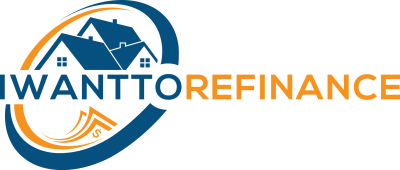Key Takeaways:
-
HELOCs are mortgages that use your home as collateral.
-
HELOCs are revolving lines of credit similar to credit cards.
-
Most HELOCs have variable interest rates.
Table of Contents:
1. Understanding How a HELOC Works
2. Determining the Borrowing Capacity of a HELOC
3. Fixed-Rate HELOCs: A Hybrid Option
4. Examining HELOC Closing Costs
5. Tips for Shopping for a HELOC
How Does a HELOC Work?
A HELOC is a mortgage secured by your home, allowing you to borrow funds through a revolving line of credit. Failure to repay a HELOC can result in foreclosure and the sale of your property to recover the outstanding balance.
HELOC Interest Rates
HELOCs typically have variable interest rates that change over the loan's duration. The interest rate is determined by adding a fixed margin to a published financial index, such as the Prime rate. Changes in the index lead to adjustments in the interest rate, which can increase or decrease over time.
Accessing Funds with a HELOC
Unlike traditional loans, you don't receive a lump sum at closing with a HELOC. Instead, you are approved for a predetermined credit limit, and you can access funds through various means, such as checks, a HELOC card, or online transfers. Interest charges only accrue when you utilize the credit line.
Repaying a HELOC
HELOCs consist of two phases: the draw period and the repayment period. During the draw period, which typically constitutes a portion of the total loan term, you can access funds up to the credit limit and make minimum payments. The minimum payment is calculated based on the annual interest rate divided by 12 months and multiplied by your balance. Once the draw period ends, you can no longer borrow against the HELOC, and you must use the remaining term to repay the balance. This transition may lead to an increase in the minimum payment amount.
How Much Can You Borrow With a HELOC?
The maximum borrowing amount with a HELOC depends on factors such as the lender's policies, your home equity, and your creditworthiness. Lenders usually set a maximum loan-to-value (LTV) ratio, which is the total of all loans against your home divided by its value. By estimating your home value, multiplying it by the maximum LTV, and subtracting the total loan balance, you can determine the maximum loan amount available.
Fixed-Rate HELOCs
Fixed-rate HELOCs, also known as convertible HELOCs, offer a blend of traditional HELOCs and fixed-rate home equity loans. They allow you to fix the interest rate either at closing or later during the loan's lifetime. While fixed-rate HELOCs provide protection against interest rate increases and help with budgeting, they often have higher interest rates and lender fees compared to variable-rate HELOCs.
HELOC Closing Costs
HELOC closing costs are generally lower than those associated with fixed-rate home equity loans. Some lenders may even offer HELOCs with no closing costs. It's important to compare offers from multiple lenders to assess the total closing costs, which may include application fees, origination charges, appraisal fees, title insurance, and more.
Tips for Shopping for a HELOC
When shopping for a HELOC, consider not only the setup charges and interest rate but also the annual percentage rate (APR). The APR takes into account both the upfront charges and the interest paid over the loan's duration, making it easier to compare different loan options. Ensure that you compare HELOCs with the same term to make accurate comparisons.


